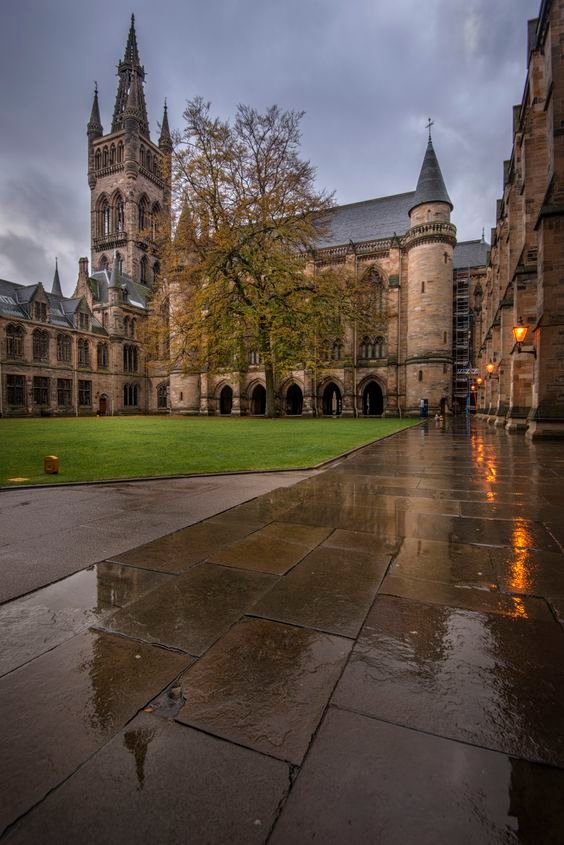
The Industrial Revolution, which began in the late 18th century, was a time of great change in the United Kingdom. It marked a shift from a mostly agricultural society to one dominated by industry and machine manufacturing. This period brought about significant social, economic, and technological changes that shaped the modern world.
1. Introduction to the Industrial Revolution
Before the Industrial Revolution, most people in the UK lived in rural areas and worked on farms. Goods were made by hand, and production was slow and limited. However, the invention of new machines and the discovery of new energy sources, such as coal, transformed the way goods were produced.
2. Technological Advancements
One of the key developments of the Industrial Revolution was the invention of machines that could do the work of many people. For example:
– The Spinning Jenny: This machine allowed one worker to spin multiple threads at the same time, increasing the production of textiles.
– The Steam Engine: Invented by James Watt, the steam engine became the driving force behind many machines, allowing factories to be built anywhere, not just near rivers.
– The Power Loom: This machine sped up the weaving process, making it easier to produce large quantities of cloth.
These inventions led to the rise of factories, where goods could be produced on a large scale. As a result, production became faster, cheaper, and more efficient.
3. Urbanization
The growth of factories led to the rise of cities. People began moving from the countryside to urban areas in search of work. Cities like Manchester, Birmingham, and Glasgow expanded rapidly as new factories were built.
This mass migration had several effects:
– Overcrowding: Cities became overcrowded, with many people living in poor conditions. Housing was often cramped, and sanitation was inadequate, leading to the spread of diseases.
– Employment Opportunities: While factory work provided jobs, the working conditions were often harsh. Workers, including children, worked long hours for low pay in dangerous environments.
– Social Change: The shift from rural to urban living led to changes in family structures and social life. Communities became more diverse, and new social classes emerged, including a growing middle class of factory owners and merchants.
4. Economic Growth
The Industrial Revolution significantly boosted the UK’s economy:
– Increased Production: The ability to produce goods on a large scale led to more goods being available at lower prices. This made products more accessible to a larger portion of the population.
– Trade Expansion: The UK became a leading global exporter of manufactured goods. The increase in production led to more trade, both within the country and internationally.
– Wealth Generation: The growth of industry created immense wealth for factory owners, investors, and the country as a whole. However, this wealth was not evenly distributed, leading to a widening gap between the rich and the poor.
5. Social and Political Impact
The Industrial Revolution also had profound social and political effects:
– Labor Movement: Poor working conditions and low wages led to the rise of labor unions. Workers began to organize and demand better conditions, fair pay, and shorter working hours. These movements eventually led to changes in labor laws.
– Education and Literacy: As the need for skilled workers grew, so did the emphasis on education. Literacy rates improved, and new schools were built to educate the children of the working class.
– Political Reforms: The growing industrial economy also led to changes in the political landscape. The demands of the new industrial middle class for greater political representation resulted in reforms that gradually extended the right to vote.
6. Environmental Impact
While the Industrial Revolution brought many benefits, it also had negative environmental consequences:
– Pollution: The widespread use of coal as an energy source led to air and water pollution. Cities were often shrouded in smoke from factories, and rivers became polluted with industrial waste.
– Deforestation: The demand for raw materials led to deforestation and other environmental changes, which had long-term effects on the landscape and wildlife.
Conclusion
The Industrial Revolution was a turning point in the history of the United Kingdom. It transformed the economy, society, and landscape of the country. While it brought about great progress and wealth, it also introduced new challenges, such as poor working conditions, urban overcrowding, and environmental degradation. The legacy of the Industrial Revolution can still be seen today, not only in the UK but around the world, as industrialization continues to shape modern societies.
ALSO READ: 10 Dark Truths of the UK You Don’t Know







